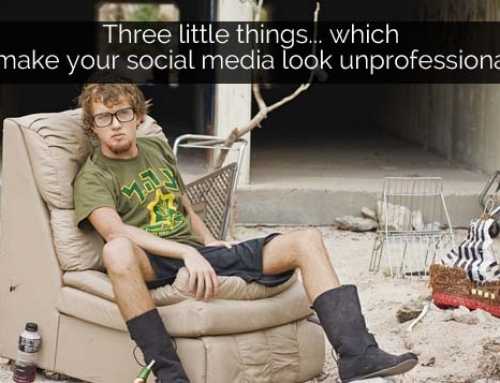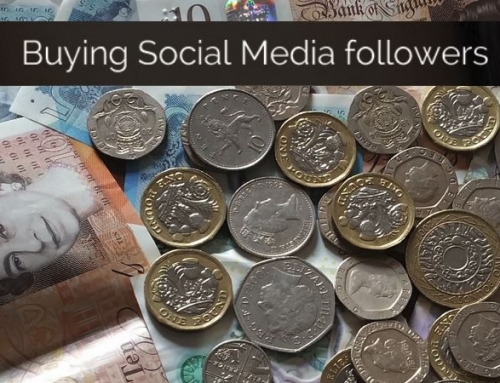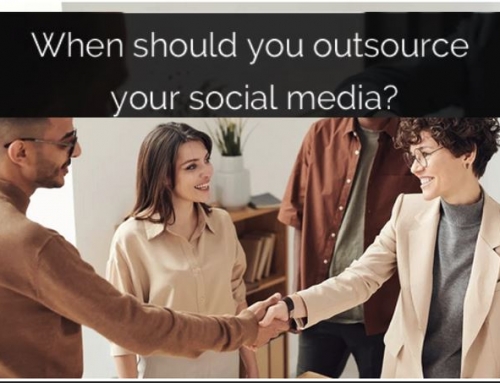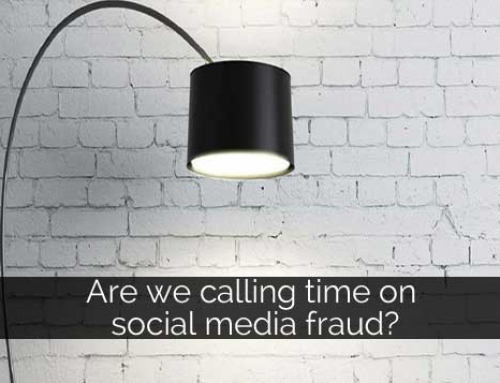Twitter followers and Facebook Likers for sale?
The thriving underground economy around buying Twitter followers and Facebook Likers was highlighted recently during the US elections, when Mitt Romney’s Twitter base expanded by an implausibly large extent seemingly overnight.
Most people are now aware that artificially boosting their social media audience is a risky venture, even if they’re not sure exactly why. Having said that, there are a few scenarios where doing this still looks like the logical way to meet specific needs within a social media strategy.
So if you’ve ever wondered how that tedious “business guru” with 55,000 Twitter followers managed it, and whether it could be beneficial to your account to do the same, here’s a quick lowdown on the industry, how it works, when it might help you – and when it won’t.
How does buying followers work?
A quick Google search turns up pages of websites offering to sell you Twitter followers, Facebook Fans / Likers, YouTube views and so on. Twitter followers are usually the cheapest, from as little as $5 per thousand, and Facebook Likers the most expensive.
The costs are directly related to the amount of hassle involved in setting up a fake account, making it look vaguely plausible, and preventing it being deleted by the platform owner. There are other methods, but the majority of the dealers who are selling these followers have set up thousands, sometimes tens or hundreds of thousands, of fake accounts which they then control. On receiving payment they begin following your Twitter account with the appropriate number of their accounts, or use them to Like your Facebook page or watch your YouTube video.
With the help of some clever software, this can take the dealer a matter of seconds, so it’s more than possible to make large profits even at the kind of low rates they’re charging.
The key point, though, is that none of these accounts have real people behind them. So the potential for them to use your services or buy your products is absolutely zero.
They won’t buy…so what can they do for me?
This fake follower industry’s been around almost as long as Twitter has. In the early days, it’s likely that most people didn’t understand what was happening here and genuinely thought that they were taking a short cut to a large and genuine audience on social media. These days, many users know what they’re buying – but do it anyway. What they want from the deal is something different.
Here are a couple of logical reasons people buy followers, even when they suspect they’re fake:
1. Credibility. At first glance, a Facebook page with 3,000 likers or a YouTube video with thousands of views, gives the impression that it must be a quality resource. There are still plenty of social media users out there who can’t be bothered, or don’t know how to, see past the basic numbers. Having that big number visible can lead to interest from real people.
2. Sheep syndrome. When a business launches a new social media account, it’s friendless and lonely. They don’t want to show it to existing or prospective customers because it’s the social media equivalent of the empty wine bar – there might be nothing wrong with it, but if there’s a packed bar next door, most people will choose that. Fake followers can act as “extras” to get past that stage.
3. Visibility boost. Some of the social media directory sites weight their search results heavily by follower volume, so the more followers you have, the more likely your account is to show up high on the list for, say, your local town. YouTube search results are also influenced by viewer numbers.
These are all perfectly logical reasons for buying in fake followers – provided you don’t get caught. Artificially inflating your numbers is against the terms of service of all the major social media sites, so ultimately anyone using this approach is at risk of being kicked out, and for that reason alone we’d strongly advise against it.
That short cut could be making life hard for you
If that’s not enough for you, there are a few other good reasons for being wary of fake followers.
Those great first impressions won’t last. If a Facebook business page apparently has a huge audience of Likers but nobody ever responds to the organisation’s posts, what impression does that give? Visitors are likely to assume that it’s a dull place to be, and may be less forgiving of that than a company which is honest about being in the early stages of building an audience.
Socially savvy users will run a mile. Anyone who’s experienced in the social media world will spot fake audiences a mile off – a quick look at one or two of the Twitter, Facebook or YouTube accounts in question will reveal obvious giveaways in terms of who else they follow and what else they do or say. There are also services like Status People’s Faker app which claim to reveal how many fakes follow an account, and have been known to call out some big names in the past.
Skewing your metrics can have unforseen and damaging consequences in the longer term. For example, assuming you’re aiming to build a Facebook page with a genuine community, and you’ve bought Likers to bridge the gap until your audience recruitment strategy delivers results. A year down the road, Facebook’s Edgerank algorithm will be using the proportion of your followers who interact with you to determine how interesting your posts are – and how likely it is to show them in your Likers’ timelines. If 50% of your Likers are fake accounts who’ll never engage, you’ve disadvantaged your Page from the outset.
If a job’s worth doing…
…it’s worth doing legitimately. There are “best practise” ways to build your audience, credibility and visibility which will provide great foundations for your longer term social media presence, without any of the risks involved in buying an audience. If you’re stuck with those, we can help.







Been Google-ing about this topic as i’ve stumbled upon ‘companes’ that offer this type of thing, it just makes me sick, cause I put in hard work, and the pay off is hard earned even if is inch by inch. Reading this article has made me feel better because my successes are MINE and are REAL. In the end your product speaks for itself, the hard part is getting consumer’s attention when it seems they all have an extreme case of mainstream ADHD LOL, Thnaks for the article, ,as for me the grind continues
Thanks and the best of luck with building your page!